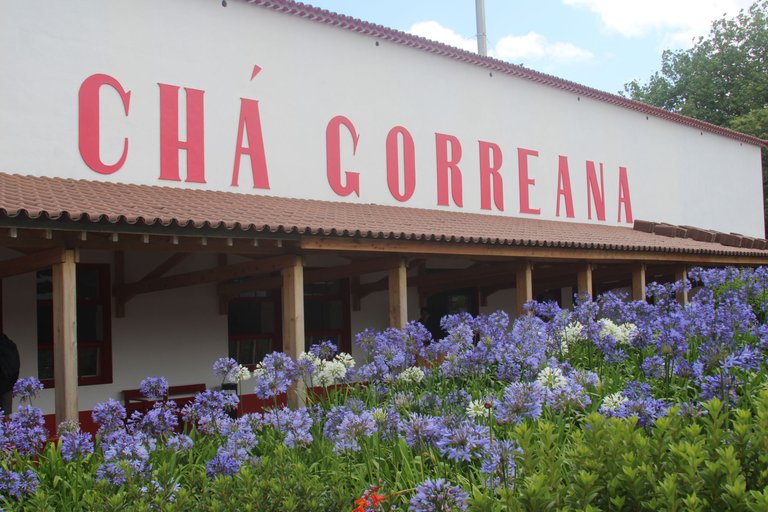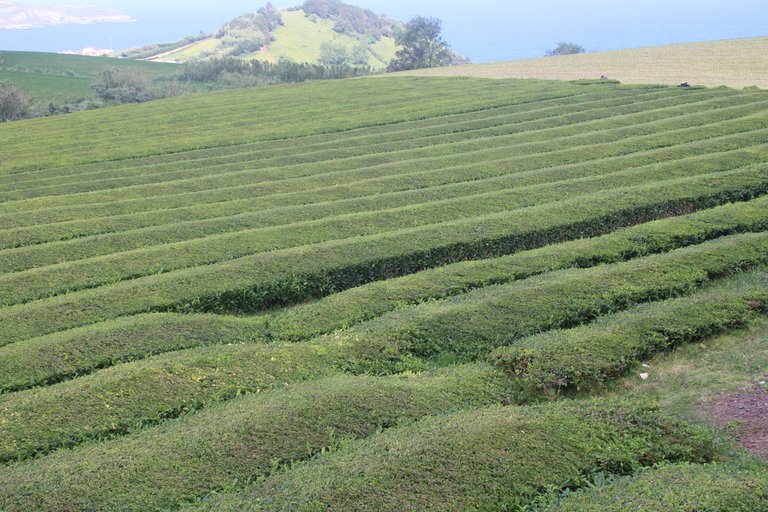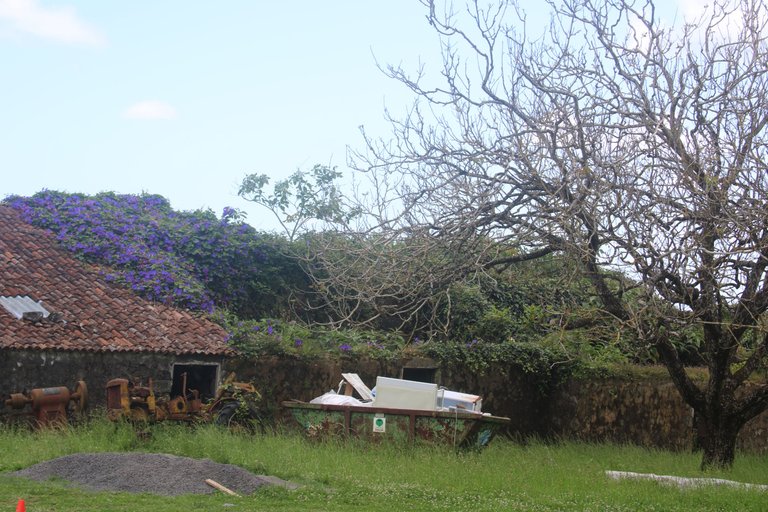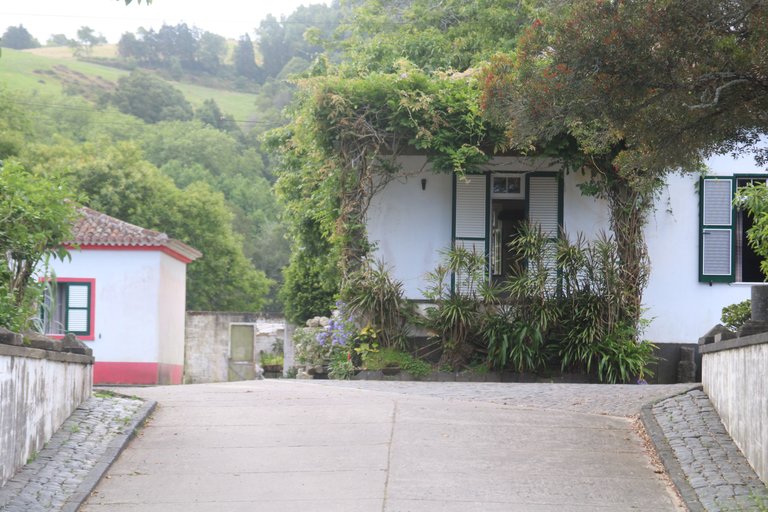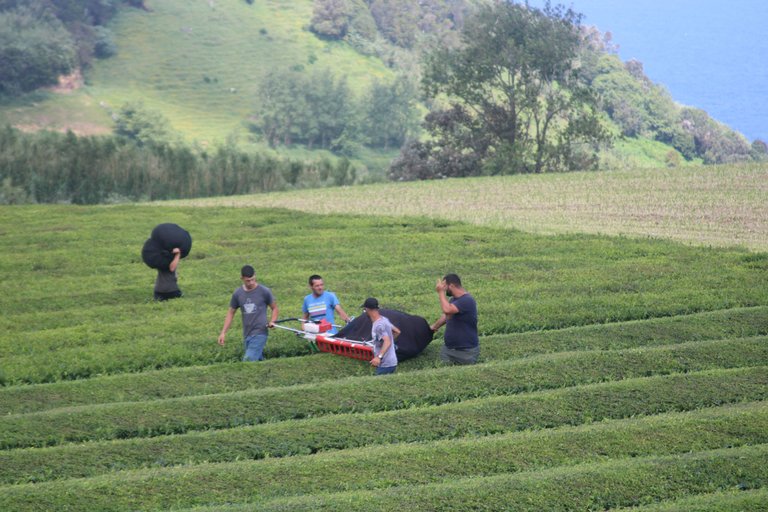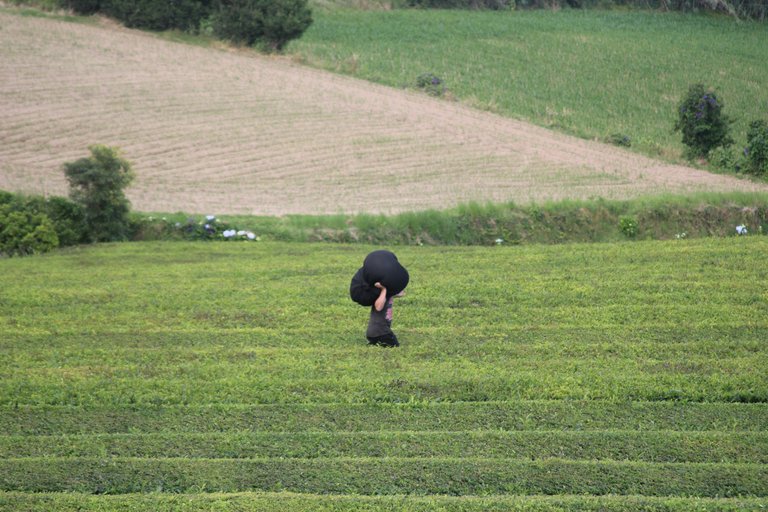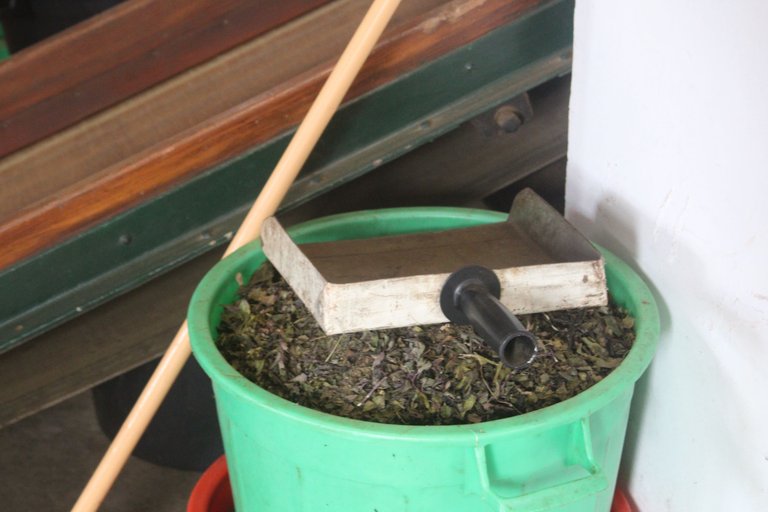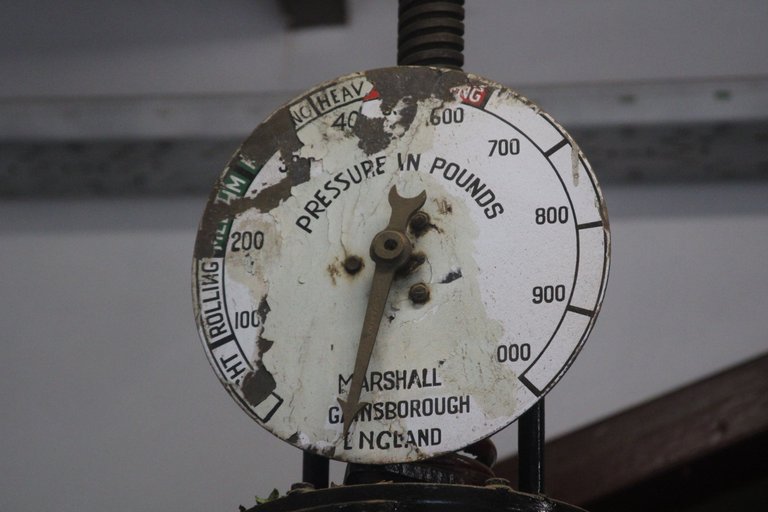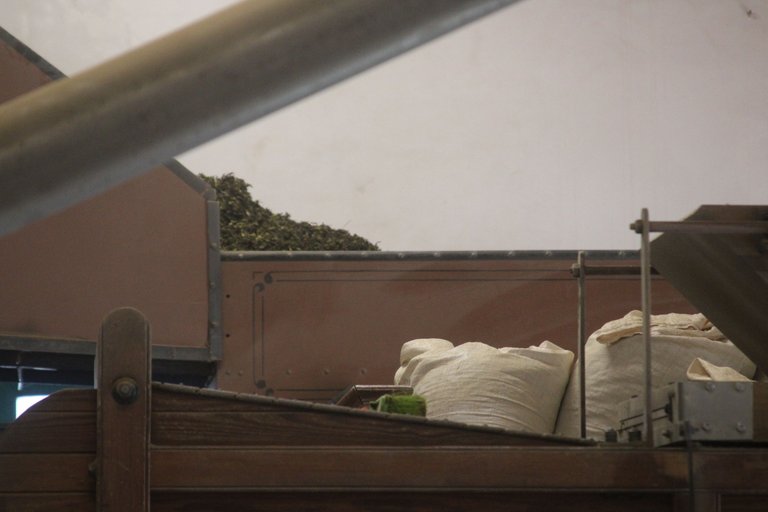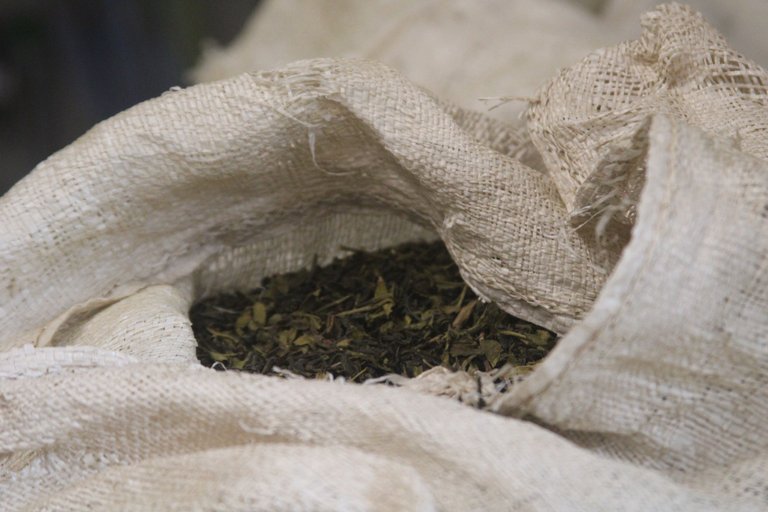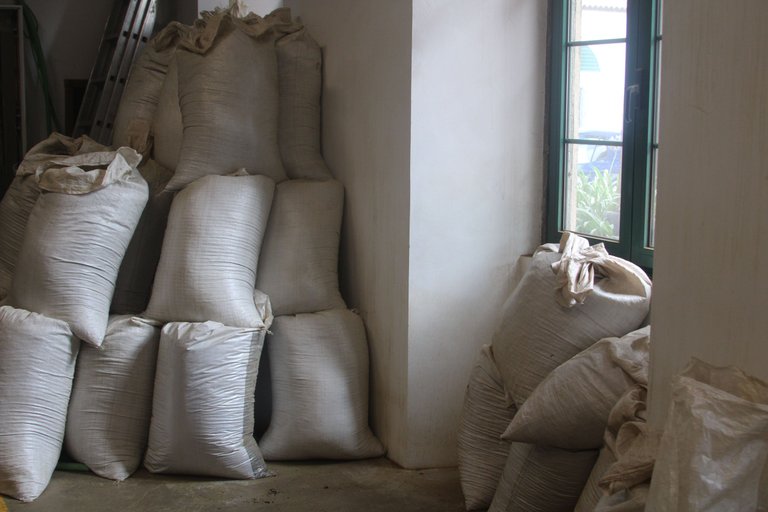One of the places to include in the Doz Azores itinerary is to visit the tea plantation.
The day was serene and possibly one of the clearest days in 5 days on the island.
A visit to the site must be included in your itinerary as it is essential. In addition to being one of the oldest factories in Europe, the entire process is still very artisanal.🍵
Along the road and before arrival it is already possible to see the fields in an area of hills covered by bushes that end at the Atlantic Ocean. a kind of "endless pool of floor"
The place has good parking, if there is full parking at the entrance, we enter the factory and can easily park on the sides or at the back where there are even some tractors and older agricultural objects.
Although the factory has recently been renovated, the back part still feels like a vacant place where animals and agricultural objects were probably kept.
The factory has an intense smell of dry green leaves, normal if it weren't tea :)
Right at the entrance to the factory, the old-looking factories attract attention "remember that the visit is completely free).
They have a guide that gives brief explanations of how the machines work. most imported since the 19th century and most made in iron and wood
Some are already quite worn out from their time of use, however each one still plays an important role and fulfills all functions in the production process.
I was invited to take a tour of its interior with this guide who brought together a group of around 15/20 people who clarified our doubts and explained everything step by step.
starting from a small window and with views to the outside, he explained to us the process of collecting green leaves from the fields.
The process involves 3/4 people, 2 holding the machine, others holding the bag and changing it whenever necessary, while the fourth person carries out the transport of their full bags.
(the passages between the tea bushes are extremely tight, which visually appears to be a very complicated process)
On site we have green tea and black tea where the guide explains the difference, which is quite simple.
All leaves go through a crushing process, however, while black tea remains over time and oxidizes “just like an apple”, green and steamed tea preserves more flavor and its green color.
After grinding the tea, he goes to a dance caught by a conventional trash collector
We can see the machine that sews the green tea, although it is not working at the moment, we can clearly see the age of this "marshall" equipment
The green tea, after being steamed, is dried and placed in large white bags weighing around 20 kilos, filled and piled up, waiting to be packed in conventional small bags.
This tea, in these bags, can be stored for a long period of time without getting damaged and being suitable for consumption immediately after drying.
This is the process of green tea and its production
Very good place to actually learn about the entire process, which is much more complex than we imagine, between 60 and 100 people work there and carry out the entire creation process, delivering the packaging to other locations in the Azores, after which they have a network from local distributors and much of the product enters Europe.
Present on the market for 5 generations, thus maintaining the oriental tradition and ancestral quality
All the photos were taken with a canon2000D and I talked in particular about the green floor and the black floor for another time.
Thank you very much for reading, I hope to see you soon.
